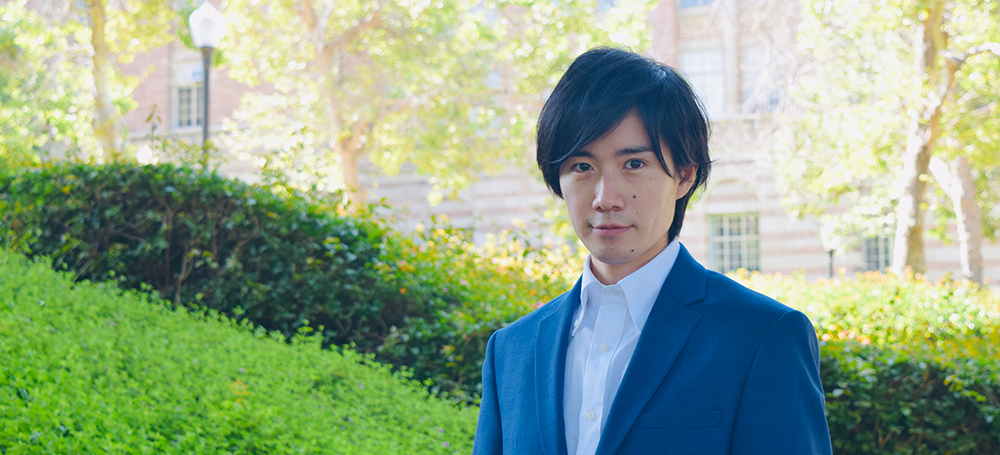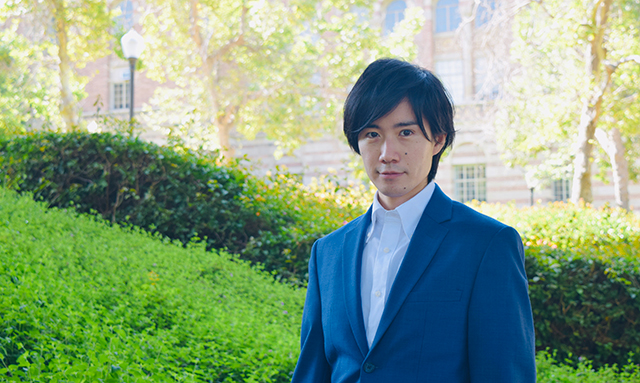The differences that bind us together
Jul. 8, 2021
Amanda Alvarez


You don’t need to be a nerd or genius to be a scientist, says Jun Nagai, but you do need curiosity, perseverance and honesty. “I’m just a normal person, but I’m driven to keep trying because I can be completely honest. There aren’t many jobs that let you be yourself,” observes Nagai, but as a scientist “I can 100 percent be myself.” This self-awareness extends to a keen sensitivity to individual differences that Nagai developed early in life. “I asked my parents why my brother and sister, who has a developmental disability, are different, and they said it’s just the brain, everything else is the same,” Nagai recalls. “Kids notice these differences when they are young. To improve the recognition and acceptance of human differences, I realized I have to study the brain.” Now, as a team leader at the RIKEN Center for Brain Science, Jun Nagai’s personal experience continues to motivate his research.
Small changes in the brain can have outsized effects on our behavior and health—so is there anything in common across conditions? “It’s impossible to mention a brain disease that isn’t related to glial cells,” says Nagai. “All brain disorders have some alteration of glia, in human patients or in the lab mice that we study.” While most people are familiar with neurons, the brain cells that move muscles and create memories, glial cells or glia are quite mysterious, even to scientists. Glia is Greek for glue and for a long time scientists thought these cells just filled space in the brain, acting as a support structure for neurons. But there are actually way more glia than neurons, says Nagai, and “now we have the tools to monitor and manipulate glial cells. We know they are not passive but actively regulate neural circuits in the healthy and diseased brain.”

The glass whiteboard wall in the Nagai lab is an important space
for discussion and sharing ideas.
Nagai notes migraine and epilepsy as examples of conditions that involve dysfunctional glia. “Currently there are no treatments or diagnoses for human neurological and neuropsychiatric disorders stemming from glial cells,” he says, “so my hope is to provide a new perspective on brain function and dysfunction that will lead to new therapies or diagnoses.” Nagai was tempted to become a doctor but realized his impact could be limited. “You can treat patients every day, but you can’t cure the incurable. You need to be a scientist to solve those problems, and though it could take tens of years, it could help millions of people or more. That’s why I decided to be a scientist before entering university.” In addition to the wider influence of scientific work, Nagai cites freedom as another motivator. “What drives me positively is the freedom to pursue research and ask any question, and the freedom to learn and talk about ideas and interpret data. The most exciting moment is looking at raw data on the screen or through the microscope. It’s unforgettable, like a moment of truth. The feeling that what I’m seeing now, it’s maybe the first time in the world. That motivates me every day, the thrill of scientific exploration.”
Nagai named his lab Glia-Neuron Circuit Dynamics to emphasize that neurons don’t do everything in the brain; there is interaction. ‘Interaction’ is a keyword for Nagai, who says he spends more time talking with postdocs and technicians than anything else. “I’m happy to be surrounded by discussions, ideas. That is the moment we should be excited, when we realize there are more big underlying questions, and we share the feeling of going in the same direction, to do good science and make the world better.”



